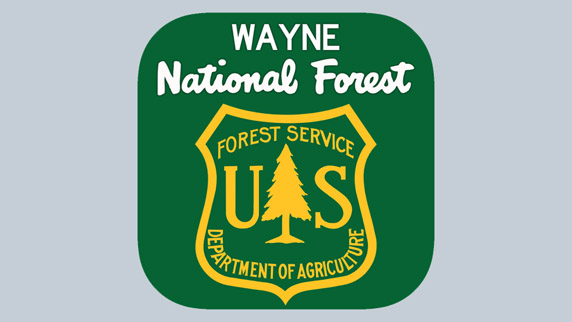Wayne National Forest to have prescribed burns
Published 12:00 am Tuesday, March 9, 2021
Starts this month, runs through May
PEDRO — This spring, the Wayne National Forest is planning prescribed fires in six areas totaling up to 3,661 acres.
Locally, there will be prescribed burns in the Ironton Ranger District.
The sites, acreage and locations include Pine Creek prescribed burn, 623 acres, Decatur Township in the vicinity of Howard Ridge; Fradd Hollow prescribed burn, five acres, Lawrence Township; and Sunny Oaks prescribed burn, 508 acres, Symmes Township.
The prescribed fires could start this week and continue until May 31.
Prescribed burns are intentional fires that are managed by professional wildland firefighters.
“These burns help maintain oak trees on the landscape,” said forest supervisor Carrie Gilbert. “We use prescribed burns on the Wayne as a means to support healthy oak-dominated forests in the Appalachian foothills of southeast Ohio.”
This type of forest is fire-tolerant, and occasional prescribed burns help oak trees outcompete other species such as maple and beech, which thrive in shade and are becoming increasingly more common.
Oak-dominated forests provide critical food and habitat to a variety of wildlife species.
Depending on weather and landscape conditions, fire crews may use traditional ground-based or aerial ignition methods to conduct prescribed burns. Aerial ignition involves the use of a Plastic Sphere Dispenser machine mounted in a helicopter to drop ignition spheres onto a targeted area.
“Aerial ignition reduces risk for our firefighters, and during the right weather conditions it allows us to do several weeks’ work of burning over just a few hours.” said Gilbert. “Those living in the region may see large smoke columns, but the smoke should dissipate quickly, and there is no need for alarm.”
Prescribed fires are performed under specific weather conditions.
The Wayne National Forest follows strict guidelines for conducting prescribed burns, and uses environmental factors including temperature, humidity, atmosphere stability, wind direction, wind speed and smoke dispersion.
If any of these conditions are not within limits, the burns will be postponed.
Through the use of prescribed fire, the Wayne National Forest hopes to accomplish these goals:
• Encourage the growth of a diverse array of plant life, including sun-loving plants and grasses.
• Ensure oaks remain the keystone species in our forests. Oaks provide food for many different animals. Using fire to bring light into our forests helps oaks grow. Without fire, shade-tolerant species will take over and eventually replace oak as the dominant species in our forest.
• Protect human property by reducing the amount of down, dead wood in the forest. That way if a wildfire happens, it would be less intense, and potentially easier to control.
• Perpetuate oak barrens and woodlands found within the forest. These remnant plant communities provide habitat for several early successional species. Maintaining these open woodland conditions with prescribed fire increases biodiversity in both plant and animal species.





